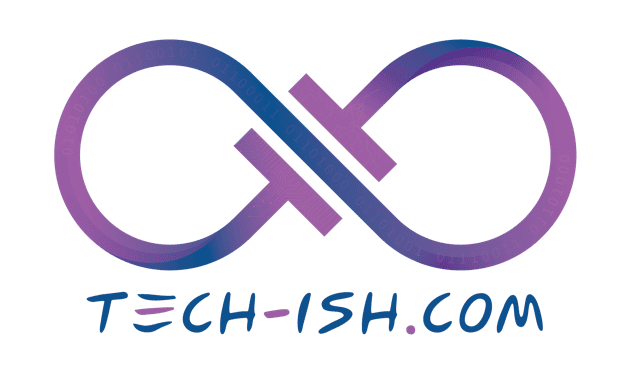
Kenya is on the brink of one of the most consequential changes to its customs and tax system in recent years. From 1st July 2025, the Kenya Revenue Authority (KRA) will officially retire the Current Retail Selling Price (CRSP) model and replace it with a Transaction Value system for calculating import duties on second-hand vehicles. Under the new framework, tax assessments will be pegged to the actual invoice value of imported cars – subject to documented proof such as purchase receipts and shipping records, submitted through the Integrated Customs Management System (iCMS).
While the move is positioned as a step towards global best practice, enhanced transparency, and legal compliance, it has also triggered a wave of critical questions, cautious optimism, and deeper unease within the public discourse – particularly among importers, dealers, and buyers.
We first reported on the proposed reform in August 2024 under the headline KRA Proposes New ‘Transaction Value’ Method for Valuing Used Cars, detailing the legal basis, international alignment, and operational rationale. Now, with implementation imminent, public sentiment is surfacing both the practical implications and political suspicions this policy has stirred.
Legal, Regional, and Operational Justification
At its core, the reform responds to a legal requirement. The CRSP model had been challenged in Petition 190 of 2018, with the courts finding that it lacked administrative fairness as required by Article 47 of the Constitution. It also lagged behind internationally accepted valuation principles under the WTO’s General Agreement on Tariffs and Trade (GATT) 1994, which obliges countries to use the actual transaction price when determining import duties. The new approach brings Kenya in step with the East African Community (EAC) rules that prioritize Free on Board (FOB) values.
KRA maintains that the transition will strengthen revenue performance, improve tax compliance, and curb manipulation of valuation – a persistent weakness under the CRSP model. But translating legal alignment into effective practice is where the true challenge lies.
What the Shift Changes for Importers and Dealers
Under the CRSP system, duties were calculated based on fixed reference prices determined by KRA – values that many in the car import ecosystem say were often inflated or out of step with real market dynamics. The new system introduces volatility: import duties will now vary from vehicle to vehicle based on actual purchase price, logistics costs, and supporting documents.
Importers are now required to present not only detailed invoices but also verifiable bank transfers and supporting auction or purchase records. Industry observers say this will fundamentally alter pricing strategies, inventory planning, and business margins.
While the Kenya Revenue Authority has been encouraging stakeholders to prepare through training and iCMS familiarization, the transition to a document-intensive, fully digital system will test the readiness of thousands of small and mid-sized players in the import chain.
Broader Market Implications and Consumer Impact
In theory, the shift to invoice-based valuation could bring more price realism to the market. Vehicles that were previously overvalued under the CRSP could now be taxed lower, potentially resulting in reduced showroom prices. This is especially relevant for newer model vehicles and electric vehicles (EVs), which were not adequately addressed under CRSP templates.
But this optimism is tempered by another reality: not all invoice prices are naturally lower than CRSP benchmarks. In some cases – such as with vehicles sourced through official dealerships or structured international procurement arrangements – the invoice values may be higher. In these cases, buyers may see costs rise.
This dual possibility of price swings has led to divergent interpretations. Some believe the reform will lower taxes and create a more level playing field, particularly for smaller importers who had been disadvantaged by rigid CRSP pricing. Others remain skeptical, arguing that revenue neutrality or gains for KRA are inevitable, and that the reform may simply shift the pressure without reducing it.
Concerns Over Implementation Integrity and Abuse
One of the loudest questions emerging in the public discourse is about fraud prevention. How will the new system guard against doctoring of invoices, collusion between exporters and importers, or even over-invoicing as a tax evasion strategy?
Some observers have noted that KRA is likely to demand synchronization between invoice documents and local bank transfer records, potentially using financial trails to validate transactions. But this opens up concerns about data privacy, government overreach, and unintended surveillance of importer bank accounts.
Moreover, there is unease about whether KRA officials will themselves remain impartial under the new system. Critics point to potential loopholes in verifying auction receipts, reconciling local taxes, and evaluating the logistics components in cross-border vehicle purchases. The fear is that the reform may unintentionally create new avenues for rent-seeking, rather than eliminating them.
Trust Gap: Public Skepticism and Political Interpretation
At a deeper level, there is a trust gap between the government’s stated intention and public belief. Many Kenyans are reacting to the reform with a blend of sarcasm and wariness. Some dismiss it as “too good to be true,” while others believe it masks a new strategy to ramp up tax surveillance and plug fiscal gaps. There is also growing speculation that this shift may be replicated in other sectors – electronics, machinery, and consumer goods – ushering in a more intrusive customs regime.
Yet even those raising hard questions concede that the CRSP model was outdated and flawed. The new approach, at the very least, modernizes a stagnant framework and acknowledges the complexity of today’s global trade systems.
CIAK’s Position
The Car Importers Association of Kenya (CIAK) supports the reform but insists that success hinges on three pillars: clear and transparent implementation guidelines, capacity building across the sector, and adequate time for system testing and adaptation. KRA has promised active engagement and ongoing public sensitization efforts through June 2025.
For KRA, this is not just a valuation reform – it is a reputational inflection point. If executed well, it could be a model for how Kenya modernizes its tax infrastructure across multiple sectors. If bungled, it could damage trust and provoke sustained backlash from an already burdened business community.
A Reform to Watch
As Kenya prepares to retire the CRSP model and embrace the Transaction Value system, the reform is no longer about theoretical alignment with global best practices. It is about whether the country can deliver a fair, transparent, and verifiable import tax regime that works for everyone – from small car dealers in Gikambura to customs agents at the Port of Mombasa.
The promises are big, but the stakes are bigger. And as we noted when we first reported on the proposal, the idea may be sound – but only good implementation will make it real.






